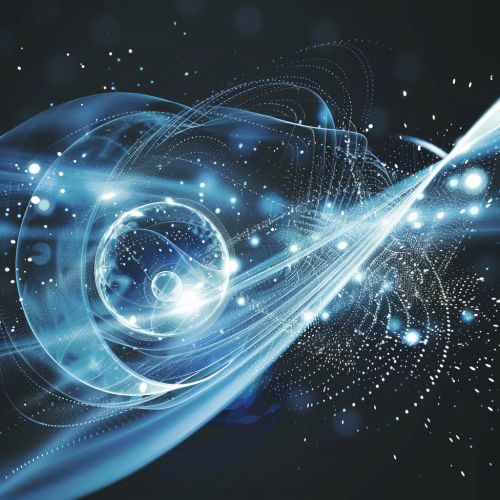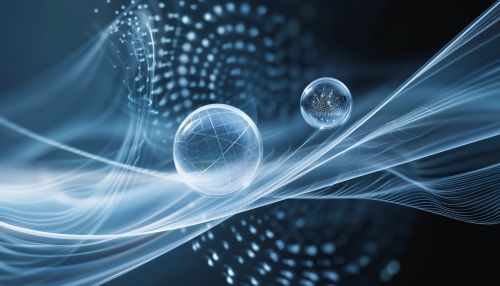Particle-Wave Duality
Introduction
Particle-wave duality is a fundamental concept in quantum mechanics, which posits that all particles also have properties of waves. This concept is a cornerstone of quantum mechanics, and it is a departure from classical physics where particles and waves are considered separate entities.


Historical Background
The concept of particle-wave duality originated from attempts to understand the nature of light. In the 17th century, there were two competing theories: Newton's corpuscular theory, which proposed that light was made up of particles, and Huygens' wave theory, which suggested that light was a wave. Both theories were able to explain certain optical phenomena, but neither could fully account for all the properties of light.
In the early 20th century, the development of quantum mechanics led to the concept of particle-wave duality. This was largely due to the work of physicists such as Einstein, de Broglie, and Schrödinger, who proposed and developed the idea that particles could also have wave properties.
The Wave Function
In quantum mechanics, the wave nature of particles is described by the wave function, often denoted by the Greek letter psi (Ψ). The wave function provides a mathematical description of the quantum state of a system, and its absolute square gives the probability distribution of the particle's position.
The wave function evolves over time according to the Schrödinger equation, a fundamental equation in quantum mechanics. This equation describes how the quantum state of a physical system changes with time, and it incorporates the concept of particle-wave duality.
Experimental Evidence
Several key experiments have provided evidence for particle-wave duality. One of the most famous is the double-slit experiment, which demonstrates the wave-like behavior of particles. When particles such as electrons or photons are sent through two slits, they create an interference pattern on a screen behind the slits. This pattern is characteristic of wave behavior and cannot be explained if the particles are considered as only particles.
Another important experiment is the photoelectric effect, which demonstrates the particle-like behavior of light. In this experiment, light shining on a metal surface causes electrons to be emitted from the surface. The energy of the emitted electrons depends on the frequency of the light, not its intensity, which can only be explained if light is considered to be made up of particles, or photons.
Implications and Applications
Particle-wave duality has profound implications for our understanding of the physical world. It challenges the classical concept of reality and has led to the development of quantum mechanics, a theory that provides a more accurate description of the behavior of particles at the microscopic level.
This concept also has practical applications. For example, the wave-like behavior of electrons is used in electron microscopy, which provides much higher resolution images than optical microscopes. Similarly, the particle-like behavior of light is used in photonics, the technology of generating, controlling, and detecting photons.
